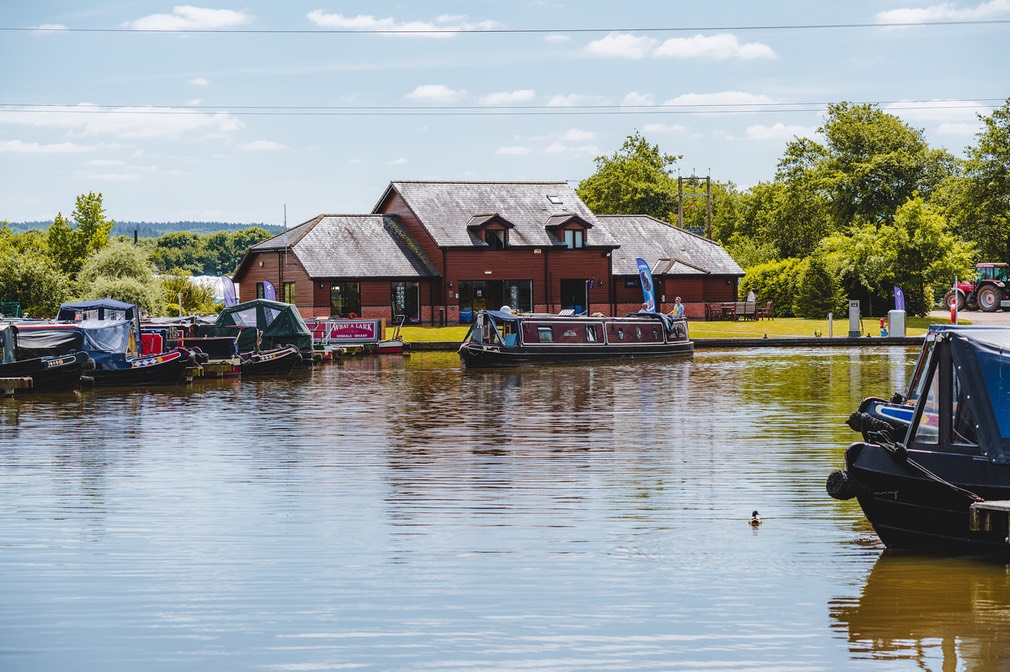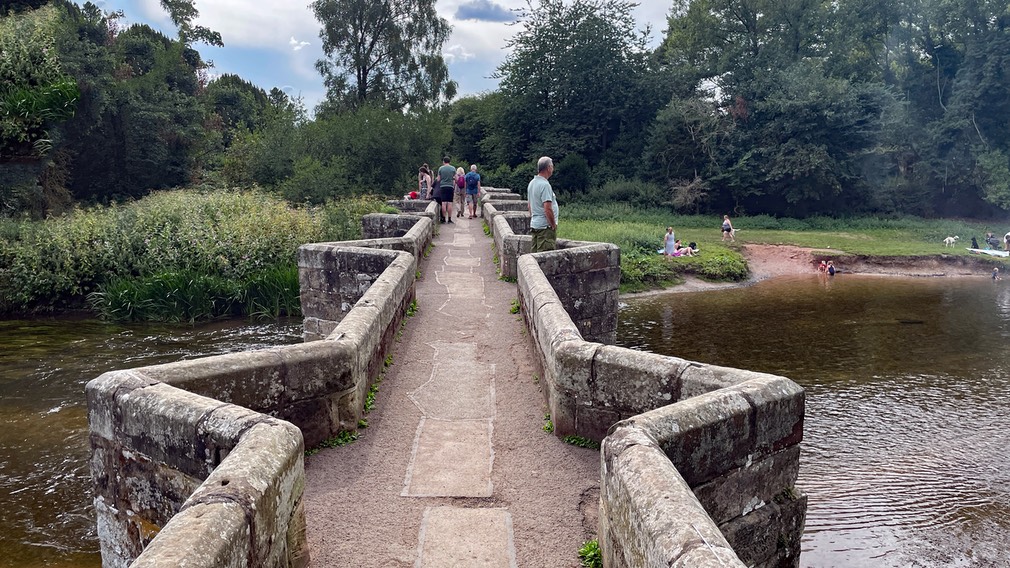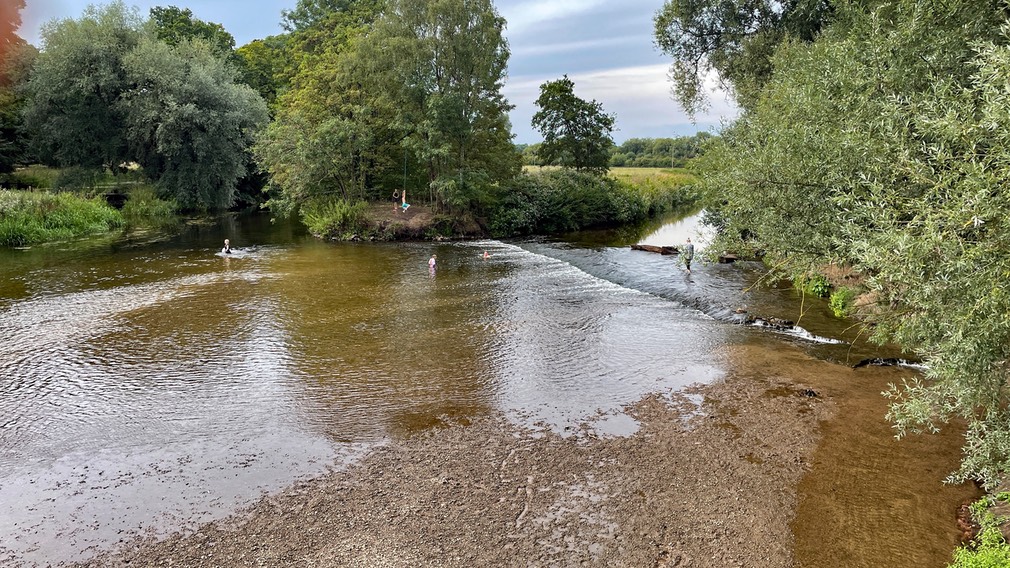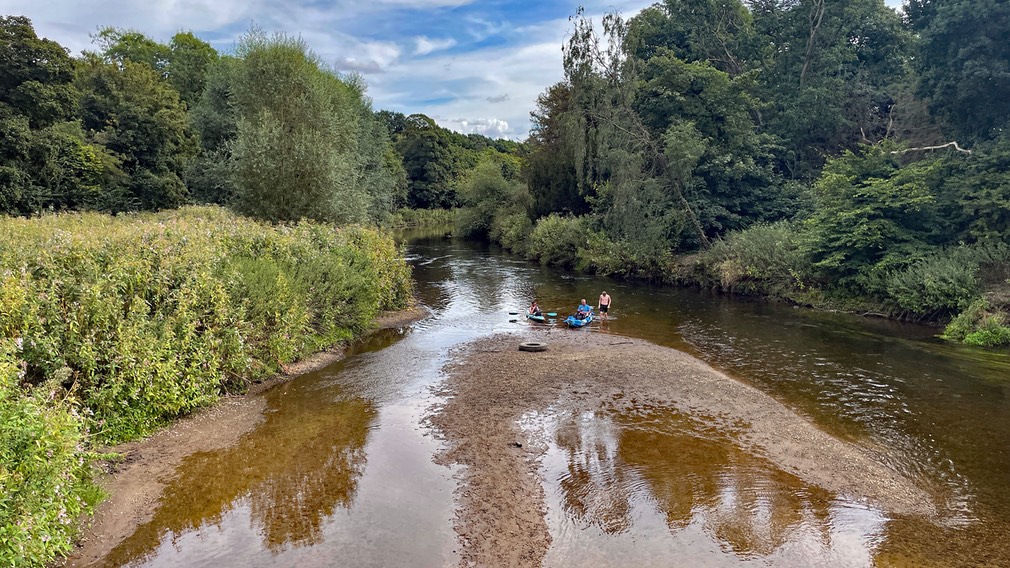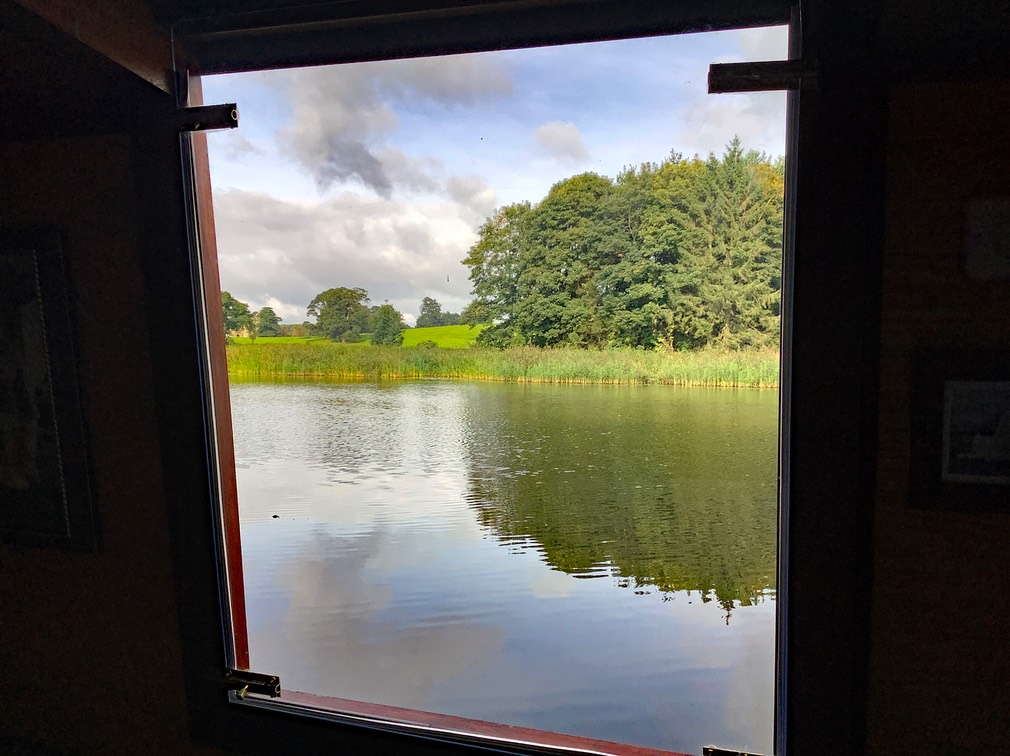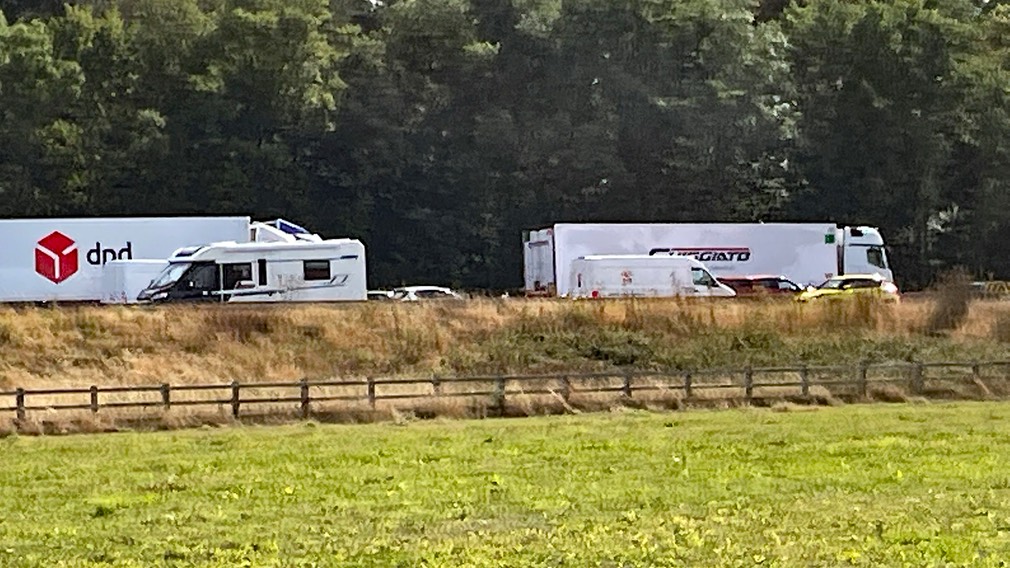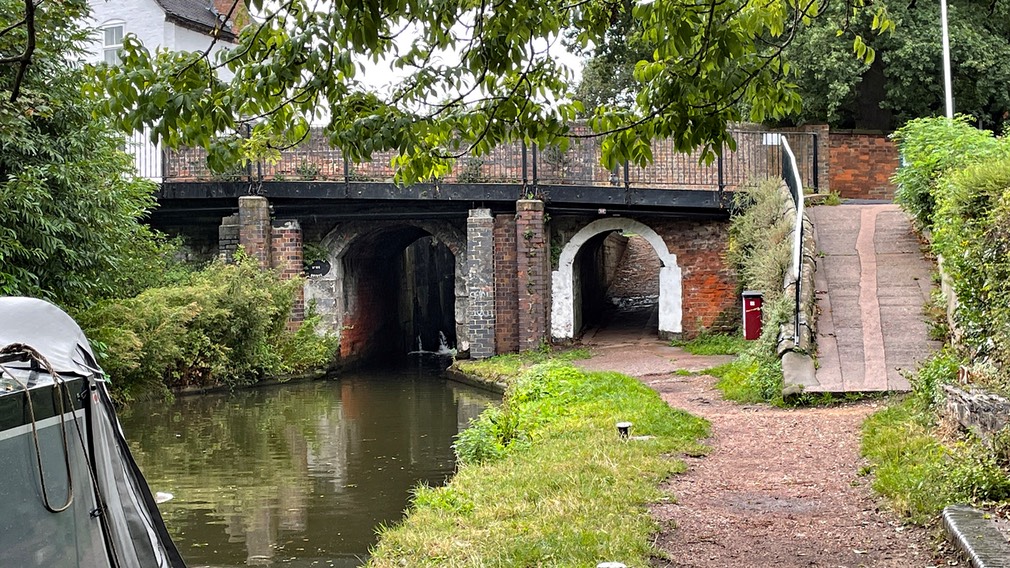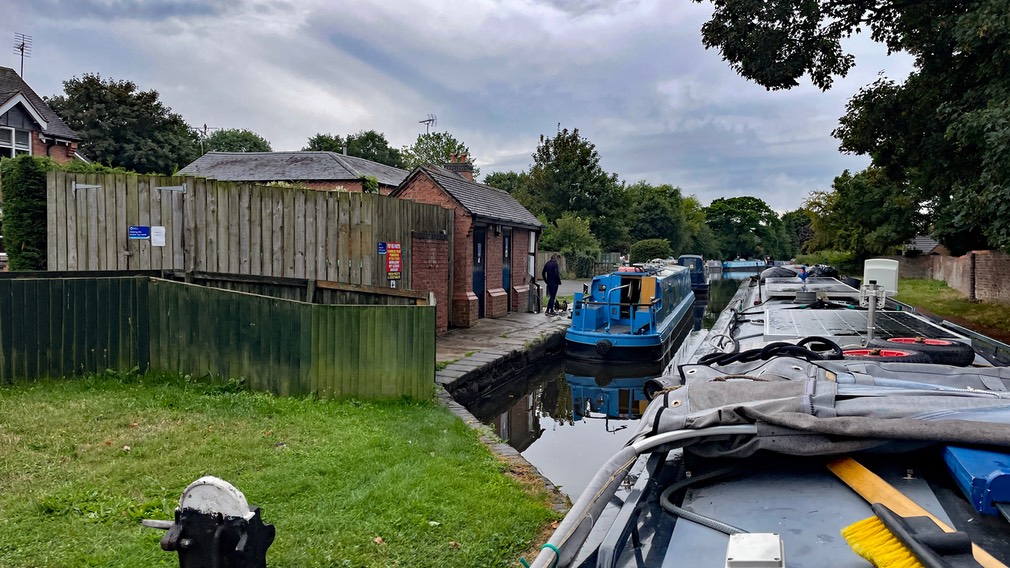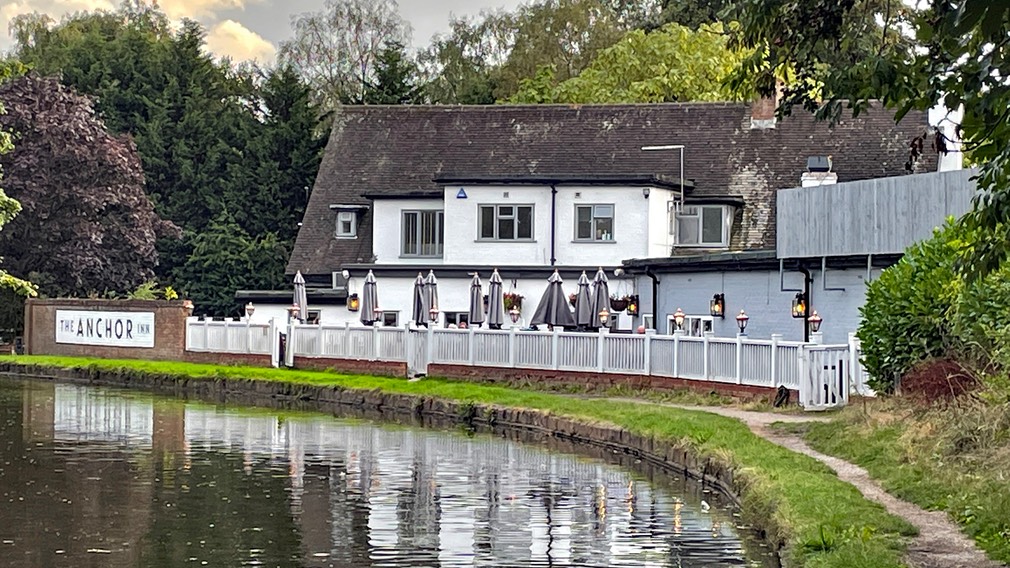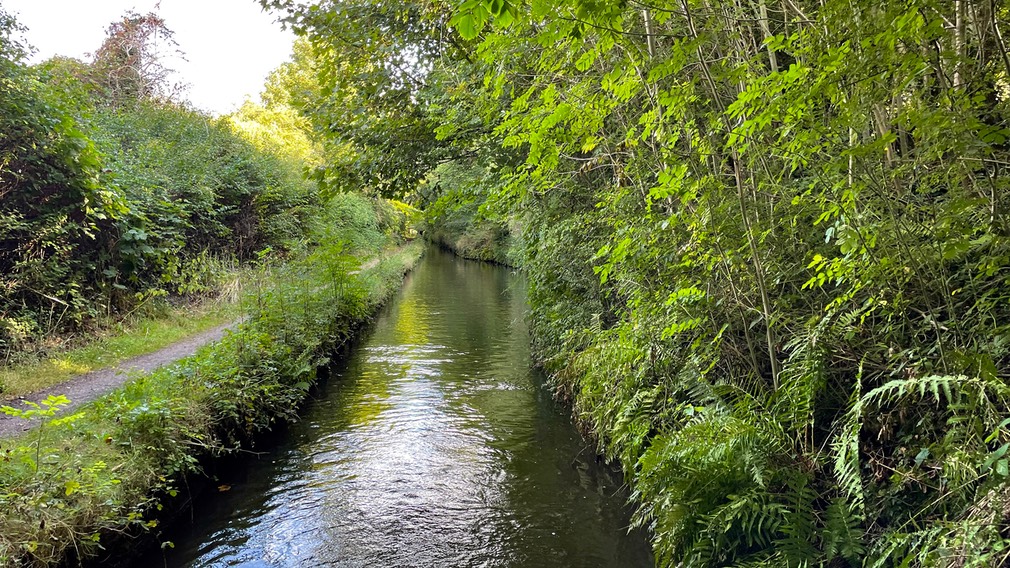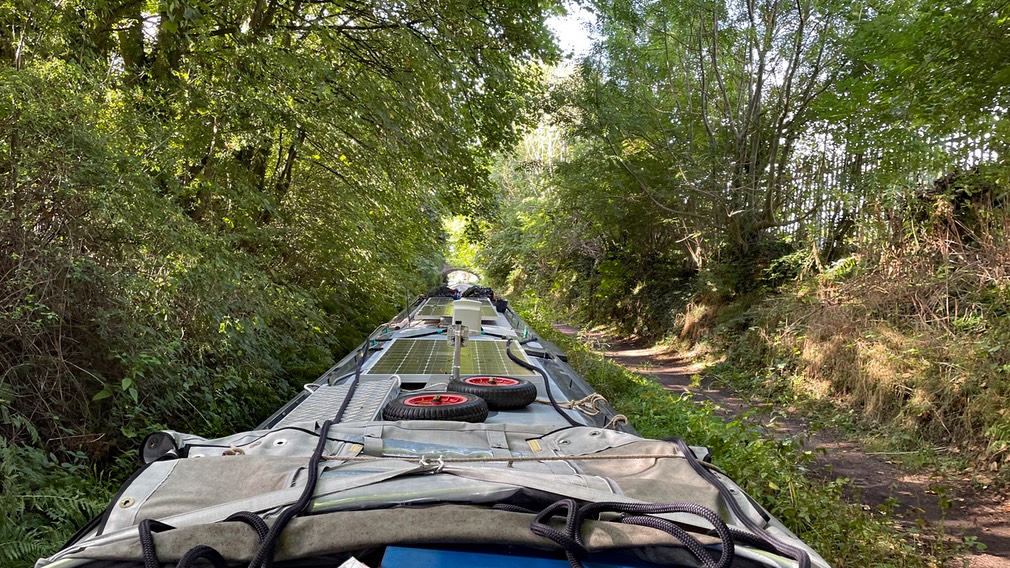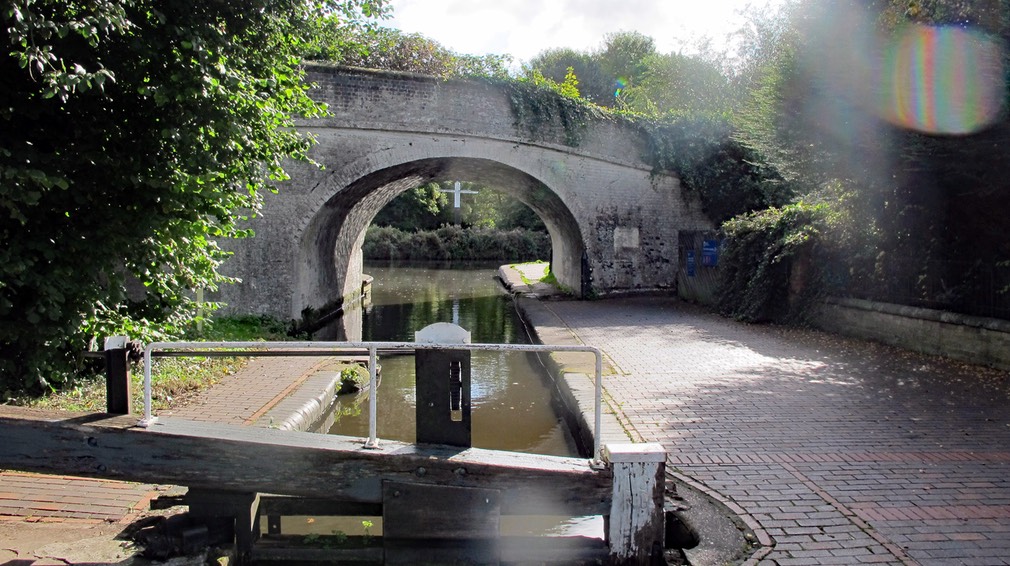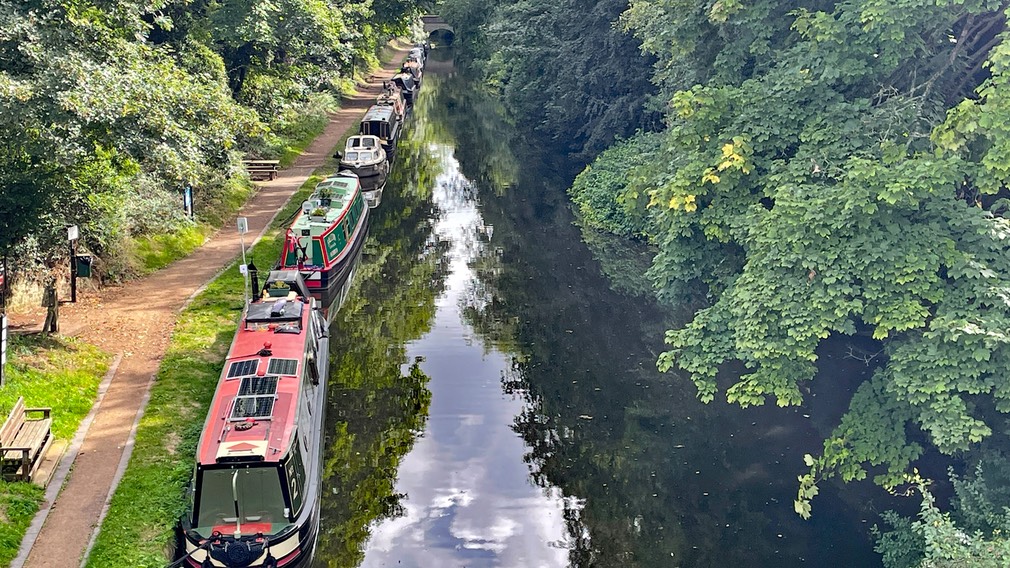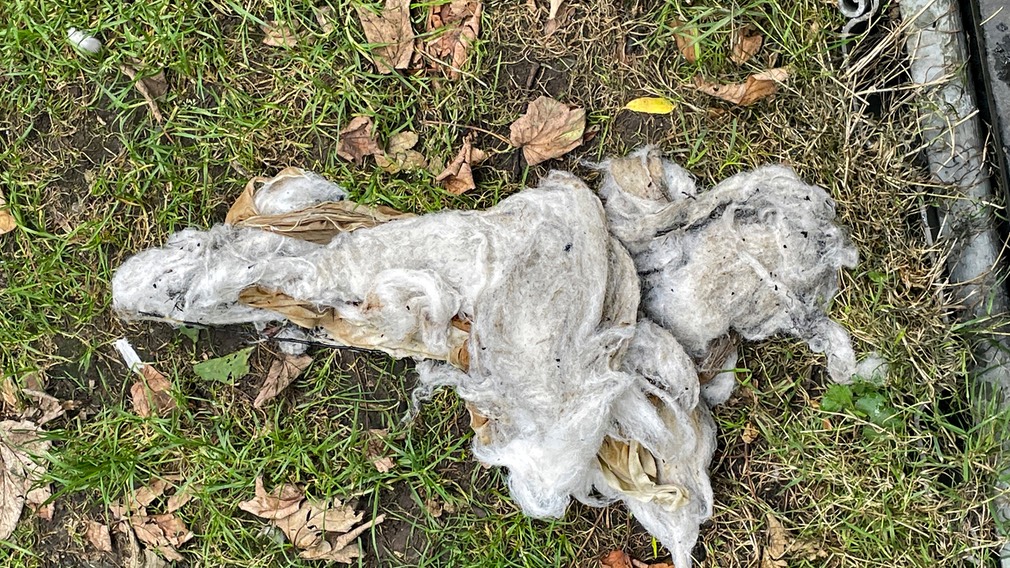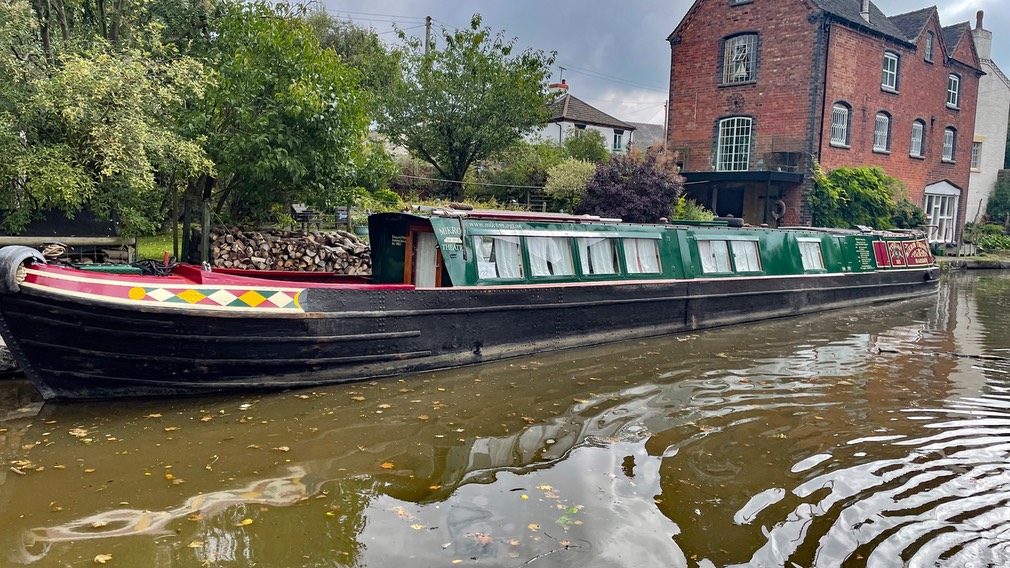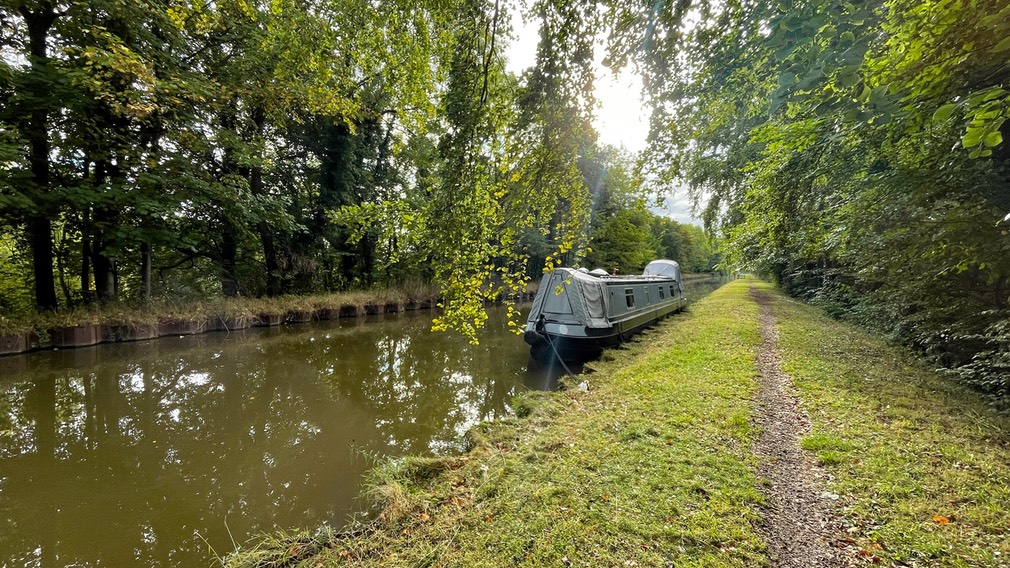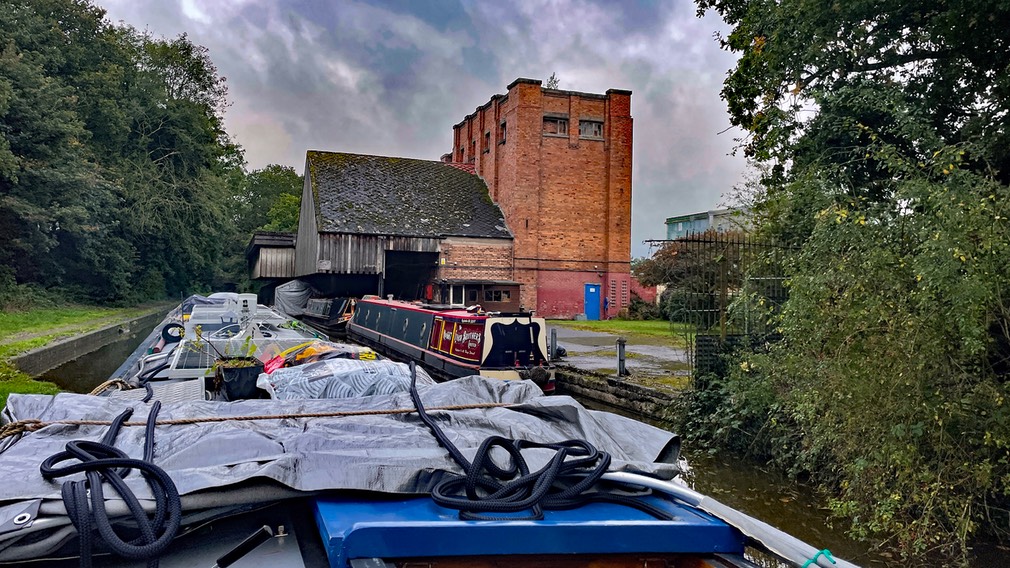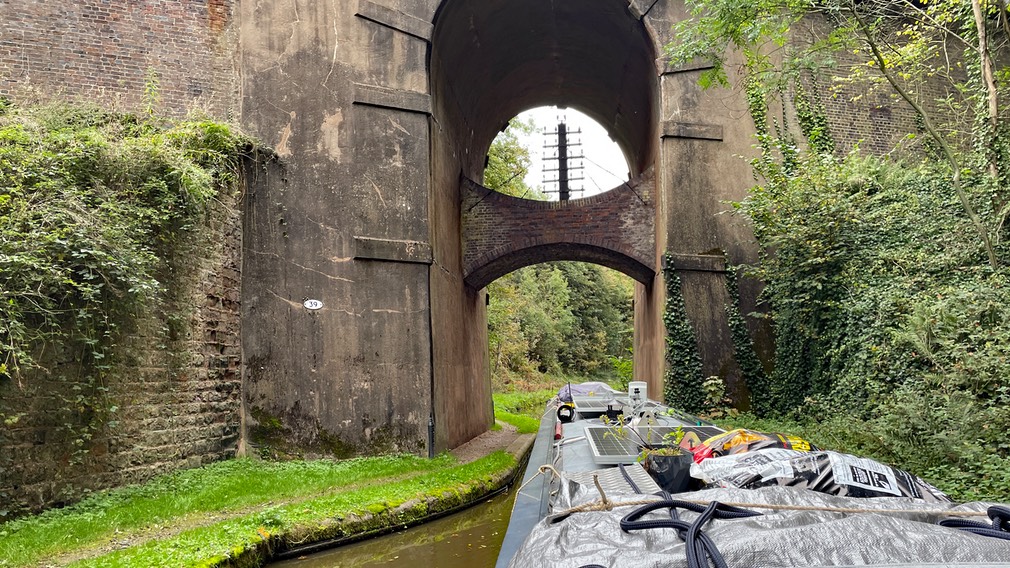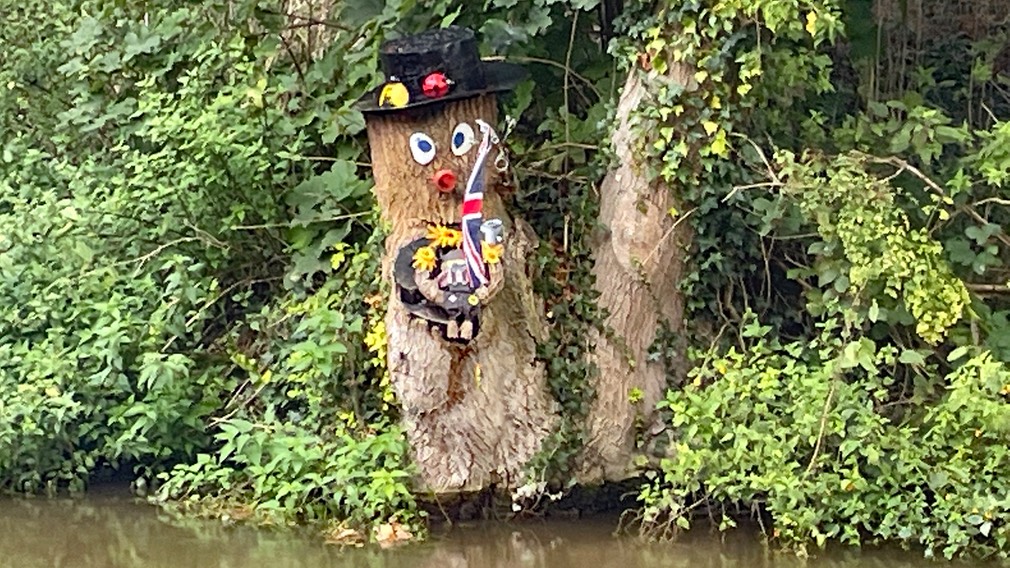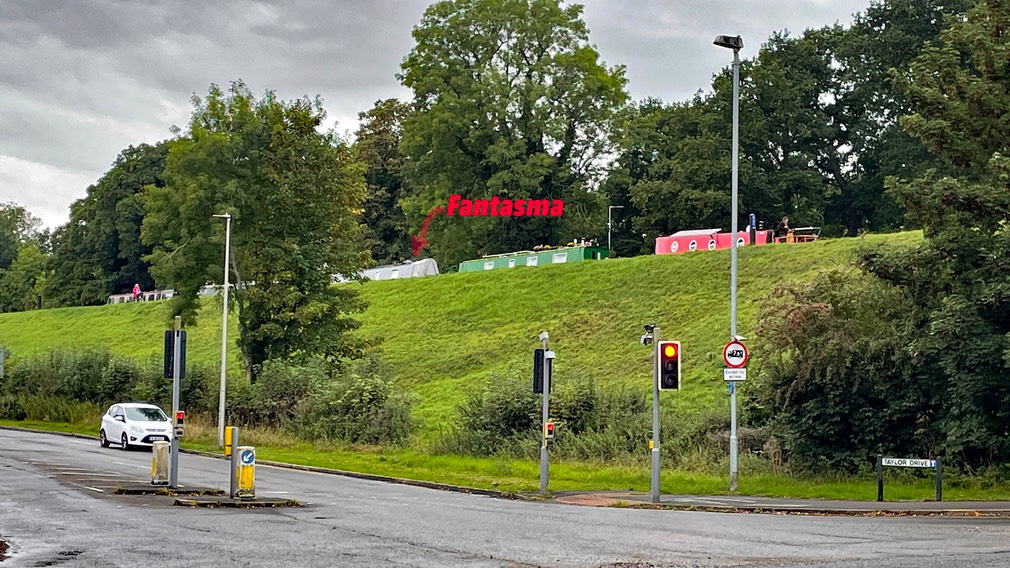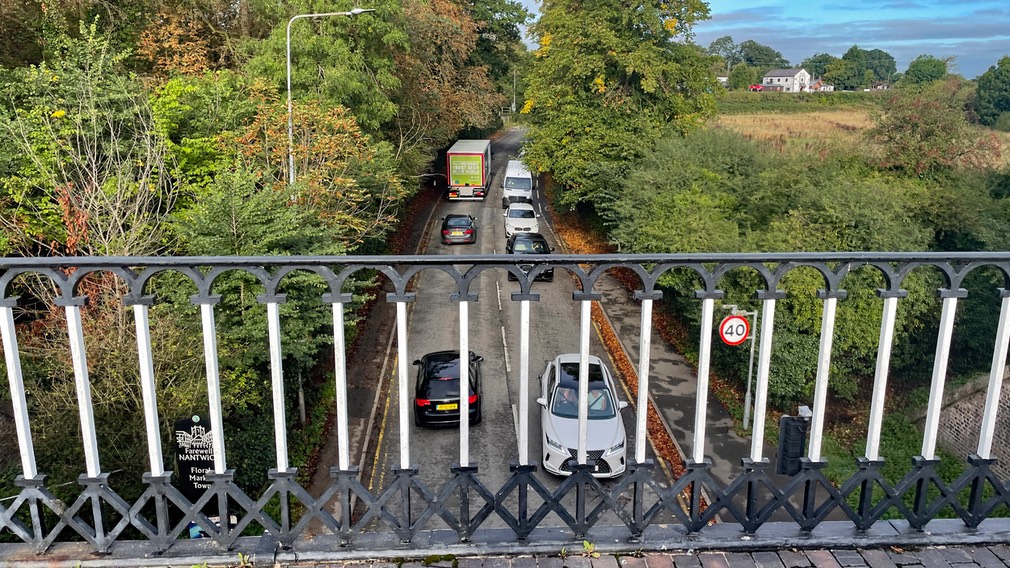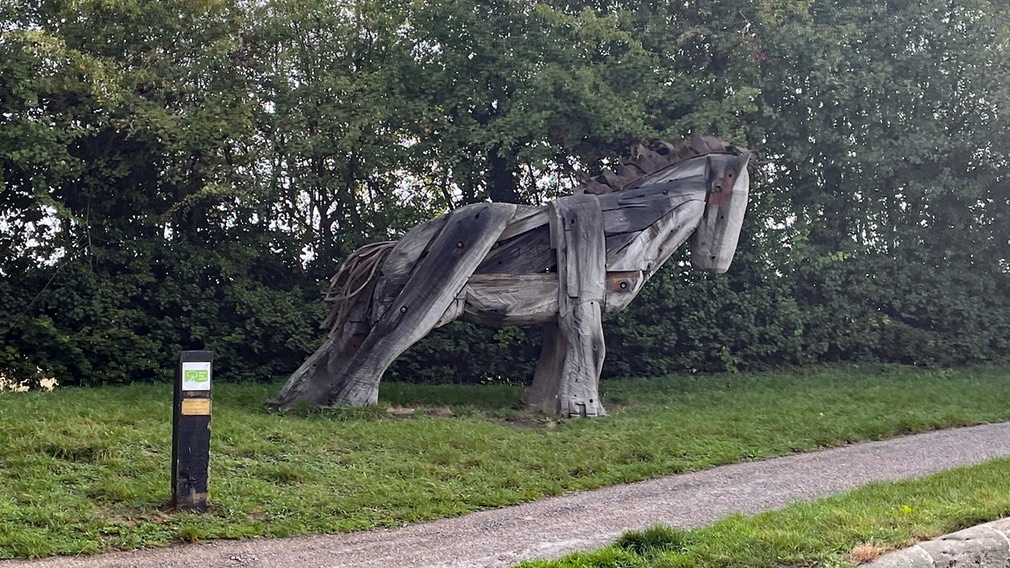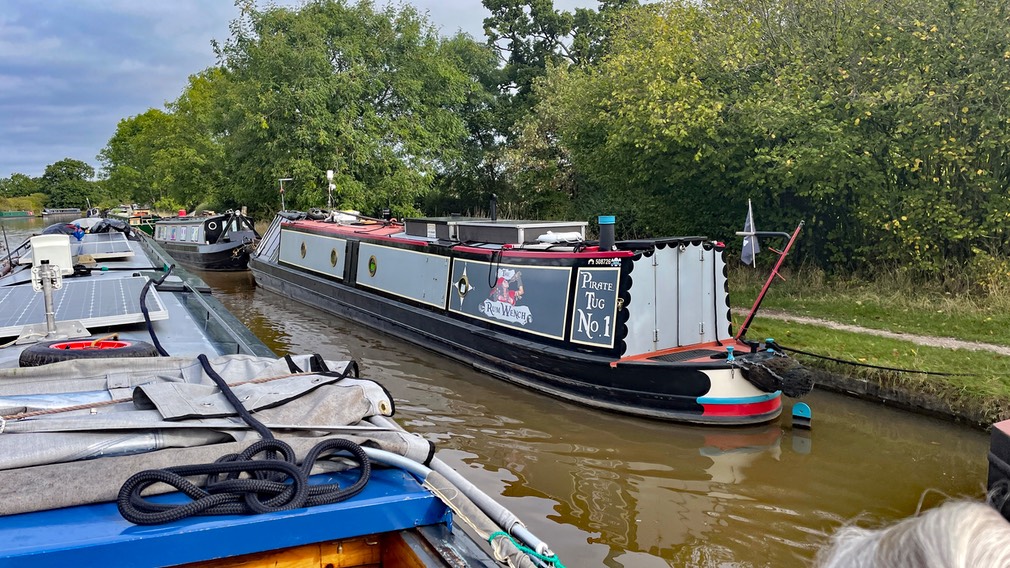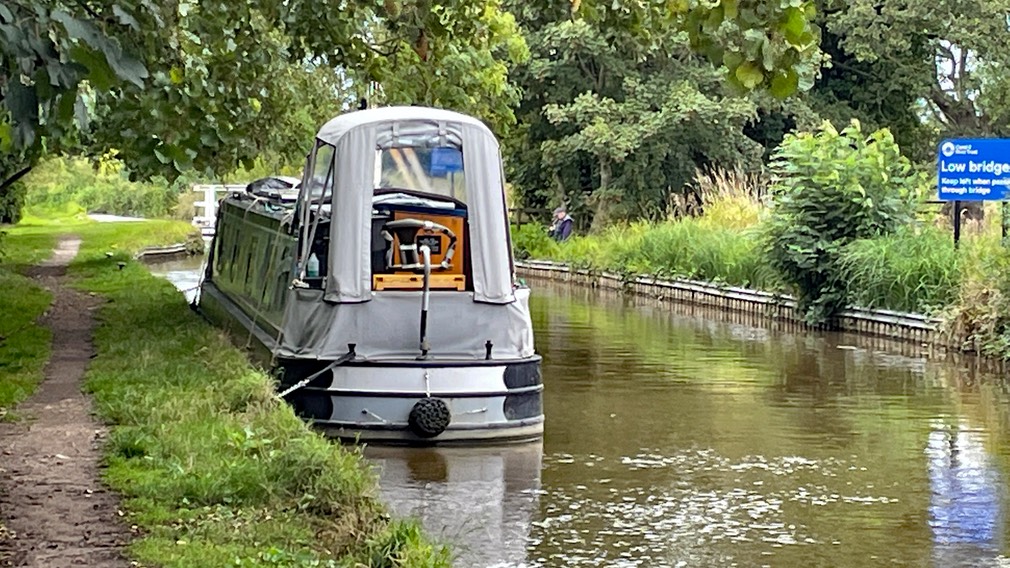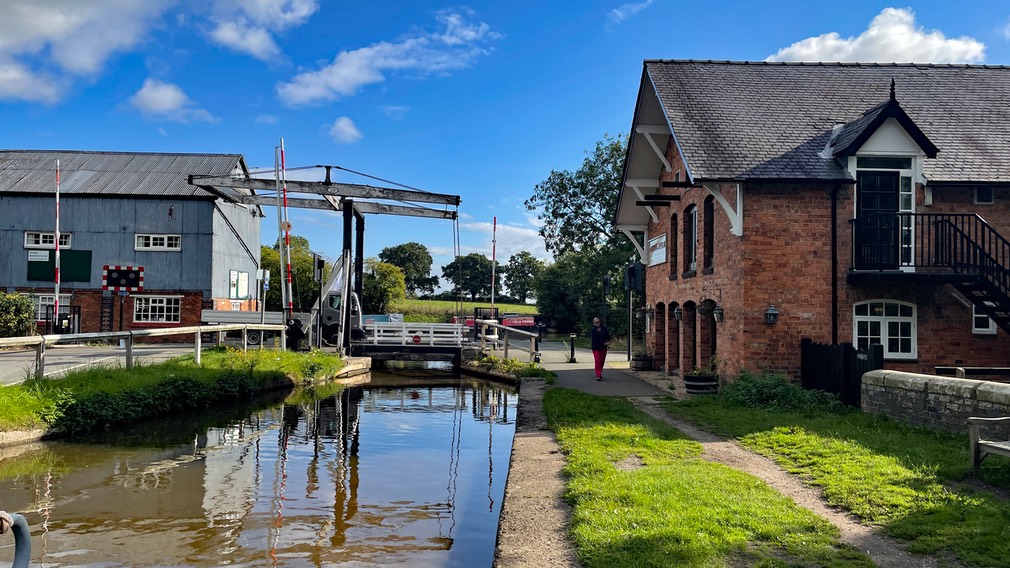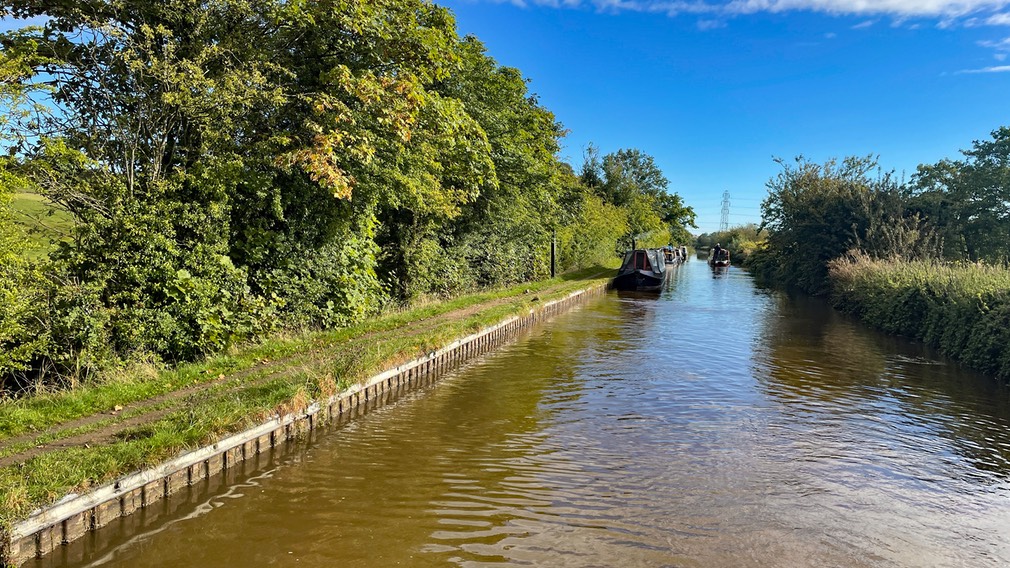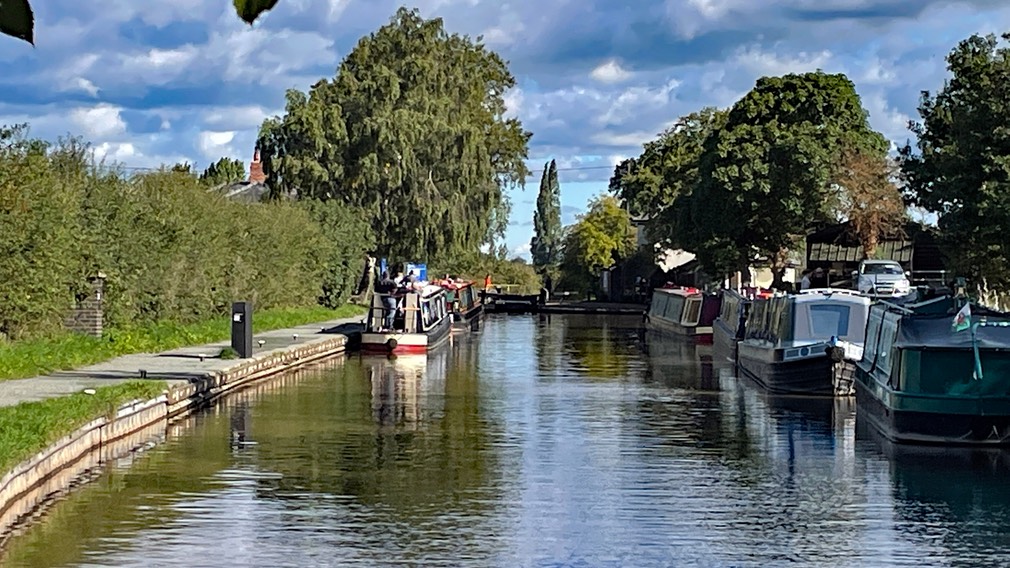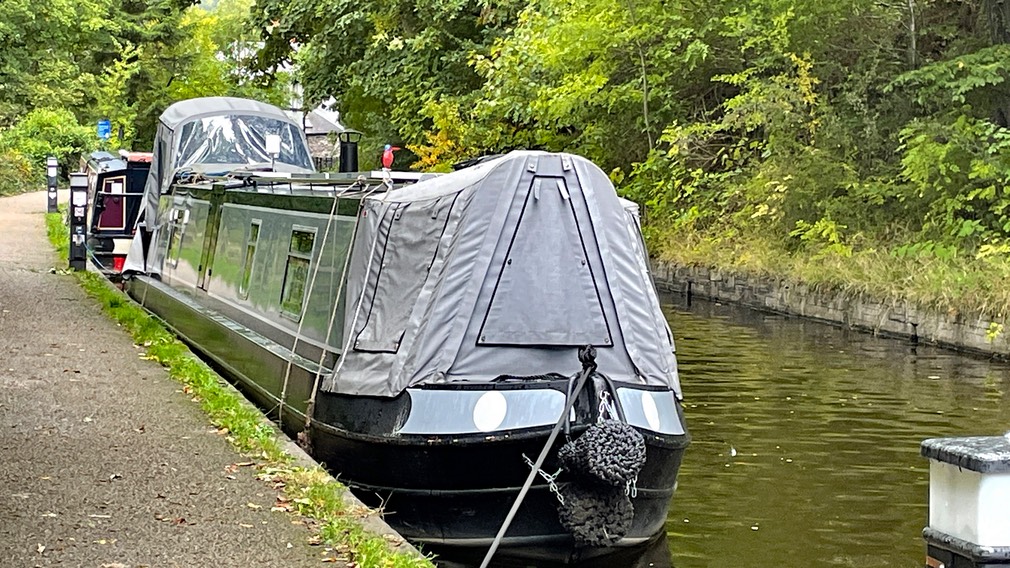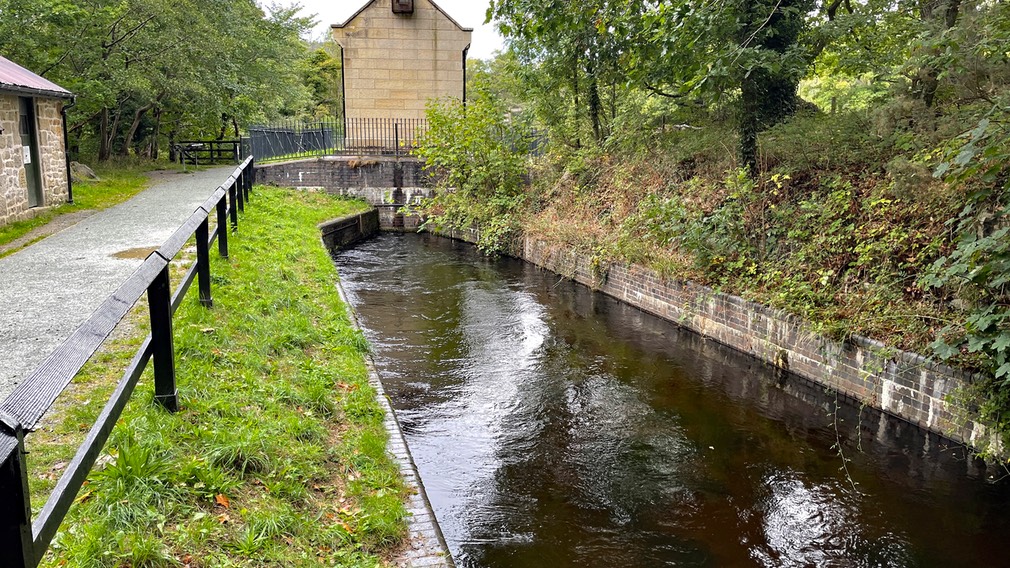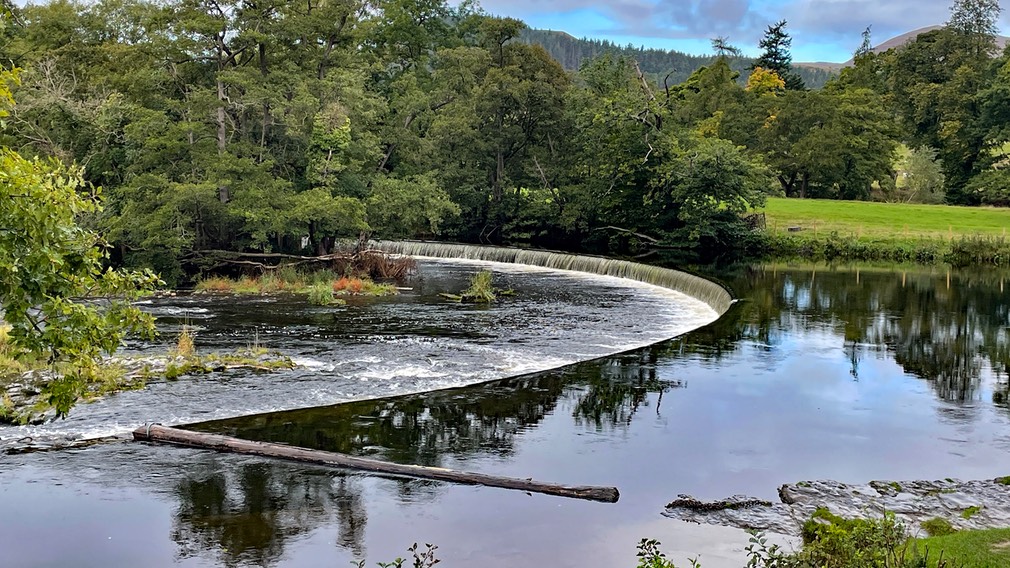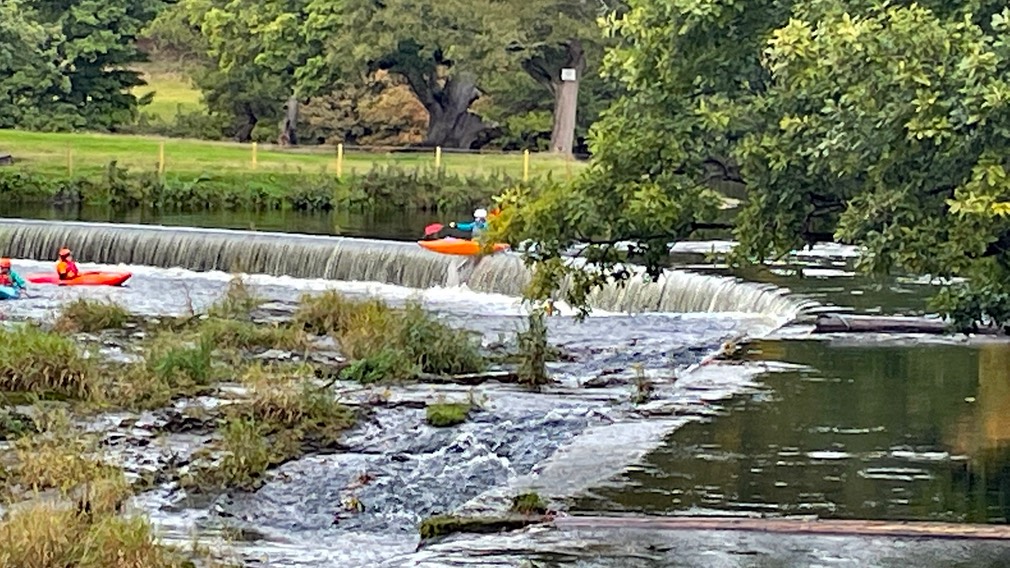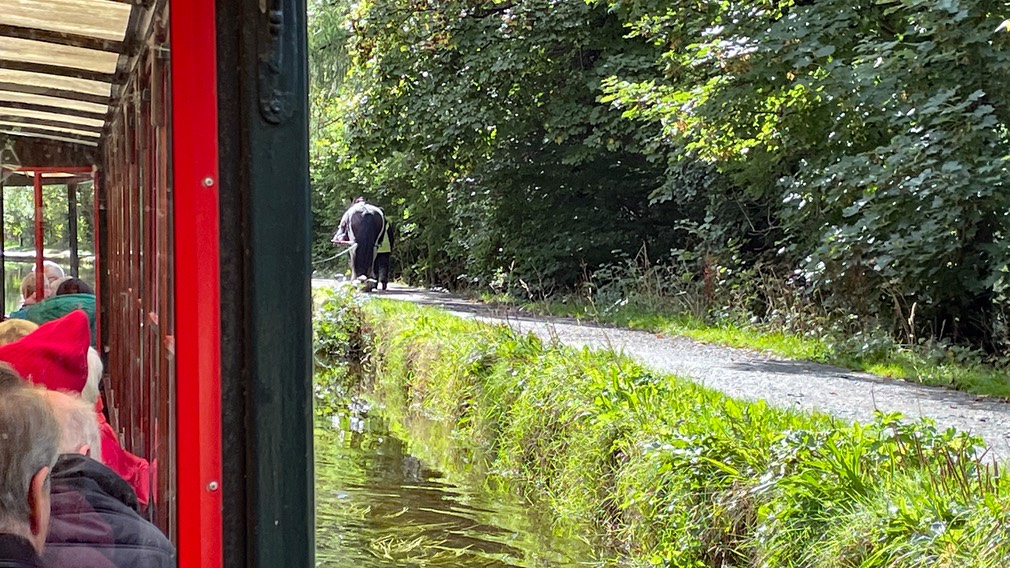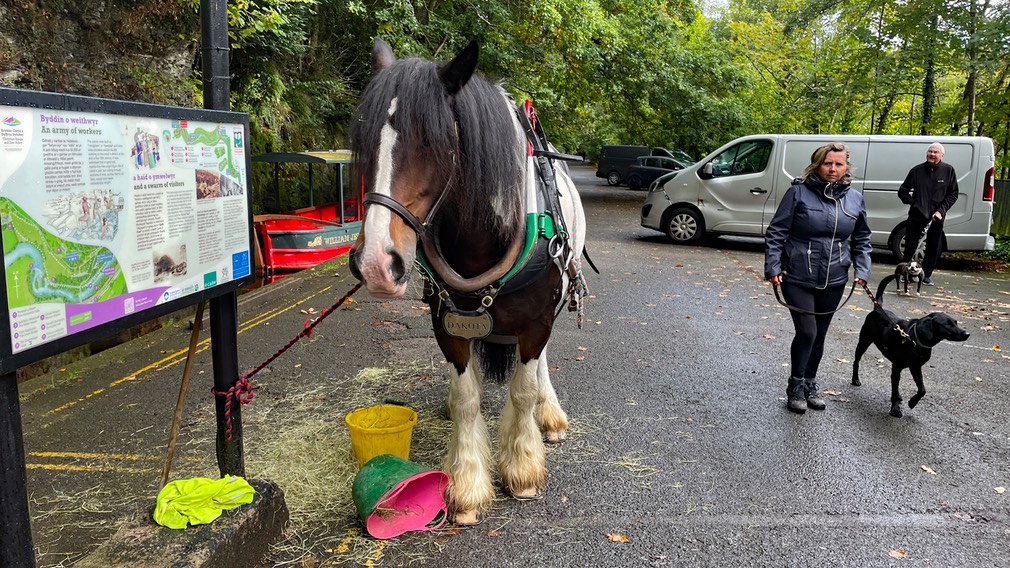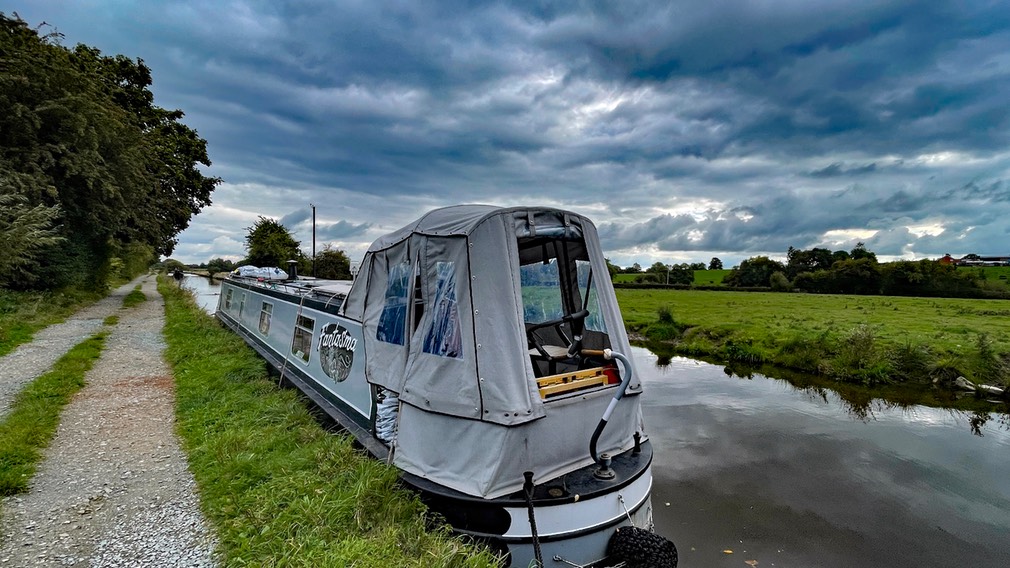After Sue returned from her trip to Spain we knew we would have to backtrack some of our southwards routes but we were planning to travel the Grand Union Canal - Leicester Line, most of which would be new to us, backtrack a little more from Fradley Junction to Great Haywood Junction and then on to pastures new, the Trent and Mersey to The Macclesfield Canal, (with a detour to explore the Calden Canal) then onward to, eventually, Skipton on the Leeds Liverpool Canal.
This has been a very dry summer which followed a dry winter and spring, add that to the problems at Todmorton Reservoir and many of the northern canals are inaccessible so the planned route to Skipton where to spend the winter was a total no-no.
What on earth can we do now!!!
Studying the stoppages detailed on the CRT website we were disappointed to learn that without a serious amount of rain things are unlikely to change this side of we don’t know when!! We need to be in Millom, Cumbria by the middle of November to house-sit while friends Carol and David go to Australia for a two-month visit - We will have to live in their beautiful house with one of the most spectacular views in the whole of Cumbria (if not the UK) - OK it will be hard but someone has to do it😁
This left us with little option but to backtrack to our home for last winter, Tattenhall Marina. Fortunately for us, they had a berth vacant despite our understanding that so many boats have been unable to return to their northern marinas and have taken temporary moorings further south causing a shortage of winter berths in some areas.
The only compensation is that last year we explored the Llangollen Canal but, due to time constraints, were unable to reach the end of the navigation at the town of Llangollen and for the same reason, we missed the Montgomery Canal completely. We plan to rectify both of these omissions.
Having travelled almost the entire route previously, I’m going to do very little writing for the rest of our travels this year and will try to explain things in captioned photos; some it must be admitted, taken last year.
The month started with a few days in Great Haywood Marina which has much going for it, not least a superb farm shop - Canalside Farm Shop - not cheap but quality always costs and this shop sells only the very best quality in everything.
The Trent and Mersey Canal at Great Haywood is probably best known for nearby Shugburough Hall, purchased in 1624 by William Anson, a local lawyer and ancestor of the Earls of Lichfield. The estate remained in the Anson family for three centuries. Following the death of the 4th Earl of Lichfield in 1960, the Shugborough Estate was allocated to the National Trust in place of death duties. We tried to visit on our last day but the lady at the pay booth persuaded us that the entry fee was far too high to justify the time we had available for our visit but we will, at some time, return.
Essex Bridge was built in 1550 by the Earl of Essex to allow a visiting Queen Elizabeth I, to easily access local hunting areas. It is the main foot access from the canal to Shugbourough Estate. The bridge has remained unchanged since it was built.
Leaving Great Haywood we had intended to head north through Stone, a visit to World of Wedgwood, south of Stoke on Trent etc., etc., sadly much of the Trent & Mersey above Stone is closed as there is not enough water available to service the locks. The water shortage will also determine where we spend the winter, we were planning to find a winter mooring in a marina around Skipton in Yorkshire but although many of the waterways themselves sre open the junctions are closed. The CR&T witters on about less than 9% of the system closed through lack of water but it seems to be the junctions that allow boats to get from one open bit to another that is affected most badly.
This year, we travel west along the Staffordshire and Worcestershire Canal, travelling straight through the wonderful Tixall Wide.
There are a couple of theories as to why Tixall Wide is - well wide. The one most often quoted is that the owner of Tixall Hall refused to allow a standard canal to be built on his land but agreed to a canal that looked like a lake, another is that there was already a lake there and engineer James Brindley saved a few bob by using it as part of the canal.
We love it when the traffic on the M6 is moving slower than us, (that moving left to right is stationary).
We had intended to stop in Penkridge and do some shopping but having been
told by other boaters that the town moorings were very busy we were not surprised when “very busy” was full but every cloud has a silver lining as we stopped for the day not in a town centre but on a pleasant mooring with just one building in sight - The Anchor Pub/Restaurant.
Dinner was as good as it was when we visited this pub in the spring on our way south, it still cost more than we would normally pay for a two-course meal and a couple of drinks each but the meals were very good and the service attentive.
On to a new canal today, the Shropshire Union Canal, but first we had to negotiate the narrows as we approached Wolverhampton. This section of the canal is just over 7’-0” wide and cut through solid rock. Sue got off the boat at the start and walked ahead to check there was no one already in the narrows and when she got to the other end to stop other boats entering the narrows as we passed through.
The narrows are narrower than they look, it’s impossible to get through without touching the canal sides once or twice
After the narrows, it is just a short distance to Autherley Junction where the Staffordshire & Worcestershire Canals meet
The stop lock at Autherley Junction where the Staffordshire & Worcestershire Canal meets the Shropshire Union Canal. A stop lock rises/falls around 6” and stops water belonging to one canal company from being used by another, and was often also used as a toll point.
We moored on the Brewood Visitor Moorings. The village of Brewood is a pleasant and affluent village with a small range of pubs and shops including a first-class butcher, sadly during a conversation with the butcher he said that the locals use him only at Christmas and without narrowboater trade he would be unable to survive - how sad is that? We continued along the Shropshire Union Canal to another canal village - Gnosall - which like Brewood had a small range of pubs and shops, including a very well-stocked Premier Convenience Store with super helpful staff, but also something essential to our lifestyle, a launderette.
Our main memory of Gnosall is not however the launderette, or the well-stocked store, it is passing the last available mooring and having to reverse back up the canal to use it and then putting the gearbox in forward gear and discovering we had no drive - not what we wanted so close to other moored boats. As we were blown down onto a moored boat its owner realised we were not under control calling for us to throw him a rope and with just the slightest bump on his boat managed to pull us into the mooring space we wanted. The photo below shows why we had no drive
It is a large chunk of duvet that was wrapped tightly around the propellor robbing it of any chance of moving the boat.
It took an age to clear it off - but worse things happen at sea!!
As we were leaving we saw a narrowboat that we had heard a great deal about but had never seen.
After spending several nights on town/village moorings we felt the need for a little isolation and spent the night without another boat in sight, the towpath was showing signs of heavy footfall but we saw not a single person.
Despite the solitude, we were quite close to High Omm where Cadbury Chocolate had a factory that brought in cocoa and sugar crumb by narrowboat where it was mixed with milk to make raw chocolate which itself was then transported to Bournville by boat where it was transformed into the finished products Cadbury was famous for. The last boatman to carry Cadbury was Charles Atkins, known on the waterways as Chocolate Charlie, who carried the last cargo from here to Bournville in 1961. The works are now operated by Knighton Foods which produces a wide range of food products from luxurious beverages and calorie-controlled meal replacements to agglomerated starches and spray-crystallised chocolates.
On the Shropshire Union Canal, there are several very well-known bridges but the best known must surely be High Bridge No 39.
This Thomas Telford designed, grade 11 listed, bridge no 39 was built in 1832-3, however soon after its construction, the pressure being exerted onto the bridge from the cutting walls required the insertion of a strainer arch. In 1861 the United Kingdom Electric Telegraph Company installed telegraph cables along the canal's entire length. The strainer arch was subsequently used for siting a telegraph pole. The telegraph wires were replaced with telephone wires in 1870 and, although the wires have now been removed, the telegraph pole still survives. There are five ghosts that, supposedly haunt this canal, the best known and most disturbing is the hideous black, shaggy-coated being said to appear at this Bridge. There is a further rumour that there is a bottle of alcoholic drink over 100 years old on the stretcher.
People do lots of strange things at the side of the canal, the fellow below was on a deserted and isolated section without a house or building of any description.
Our next mooring was in Nantwich a town dating back to Roman times that has among the highest concentrations of listed buildings in England, with notably good examples of Tudor and Georgian architecture. Of particular interest to narrow boaters is that the canal was built high above the town itself.
Just as we were leaving Nantwich we spied NB Rum Wench, owned by Heidi Manning a liveaboard continuous cruiser who produces the YouTube channel The Narrowboat Pirate a slightly risqué but very watchable look at life on the canals.
Our target for the day was to turn left onto the Llangollen Canal at Hurleston Junction and rise up through the Hurleston Locks and find a remote mooring. Remote it most certainly was, there was no village, and not even a single light could be seen in any direction - so quiet and peaceful.
The following morning we were up and away sharpish, we had a particular place we wanted to spend the night - Wrenbury. When we stopped here last year we discovered a superb delicatessen and just yards away what an Australian boater described as “ . . . the best bloody fish and chips in the UK . . . “.
Wow!!! What a disappointment. Both were permanently closed. We did wonder why? Both had said last November what a great season they had had and how they were looking forward to this year. A great pity both will be missed.
There is a very well-stocked convenience store in the village with prices that don’t frighten anyone.
The second Wenbury lift bridge, this one is best because it’s not hand-cranked but electrically operated with a CRT waterways key.
The next bit of excitement on this canal will be the Grindley Brook Locks, in total six locks with the top three a staircase that takes your boat up (or down) 38’-11” (11.86m). We spent the night just below the bottom lock and started late enough to get help from any volunteer lockkeepers but early enough to avoid the busy times
All of the bottom three Grindley Brook locks were against us but with voluntary lock-keepers assisting on the three-chamber staircase we were soon at the top where we were able to fill the water tank and dispose of our rubbish. There are also clean toilets and showers here but we were keen to get on while the sun shone.
That night we moored in a very pleasant and isolated place with not a light or other boat could be seen.
The Llangollen Canal has escaped the water shortages that have plagued other parts of the system as it is used to supply around 50,000,000 litres of water per day to much of southern Cheshire, and because it also supplies water to the Shropshire Union Canal it too has remained shortage free for the whole summer and the reason we came this way.
When we came to the Llangollen Canal last year we didn't reach Llangollen Town, our goal was the Pontcysyllte Aqueduct, and we turned around soon after it. Our goal this year was to where the canal splits from the River Dee and starts its 46-mile journey to its junction with the Shropshire Union Canal at Harleston Junction. The canal is navigable only to Llangollen town after which motorised boats are banned as the canal is narrow (as indeed it is in other places but very shallow.
We chugged over the Pontcysyllte Aqueduct on the 24th of September, it was as spectacular as last year but instead of photographing the journey we gave a ride to a couple, older than us, the lady had travelled over by boat many years before but the man had not and was keen to experience it. We were surprised when he said that they had been sailing enthusiasts having kept their yacht in France but the man said “ . . . I had to sell it many years ago when I reached 84 . . .” hells teeth! we should all be that active at 84, and how old did that make him now?
We stopped for the night on the public moorings adjacent to the Sun Trevor Pub but despite earlier enthusiasm couldn’t be bothered to the Sun Trevor for dinner.
The following morning Sue had to walk as the canal had three long very narrow sections that required her to walk ahead and ensure that no one was coming the other way as there was only one place wide enough to pass another boat.
When we arrived in Llangollen I decided (Sue was still walking) that the marina was a very long walk from town so I turned NB Fantasma around in the basin and returned to towpath moorings which although did cost, were very convenient for the town and as each mooring had a tap and free electricity the £6.00 per night cost was very reasonable.
The full day on the mooring we spent wandering to the River Dee/Llangollen Canal Junction and had a look at the Horseshoe Falls
The Start of the Llangollen Canal. The building in the rear centre is the pump house that pumps water from the River Dee to feed parts of Cheshire.
The Horseshoe Falls was built to enable water to be easily taken from the River Dee a task it still fulfils though now by computer, not timber boards
When the river is high a “stopper” forms behind the drop making jumping the falls like this too dangerous to attempt.
On the way back we spotted the horse-drawn tourist narrowboat and decided to take the easy way to NB Fantasma.
You can see that the tow rope is not tight on the horse-drawn narrowboat, showing how easy this lightly loaded boat was to tow.
The Llangollen mooring are limited to 48 hours so despite a forecast of bad weather we got on our way thinking that directly after the bad weather arrived we would stop and hunker down for a couple of days till it had passed through.
The weather on the last day of September was indeed ‘orrible!! Not much rain but it blew a hoooooly all day long. We thought, despite our isolation, we were near a CR&T depot as we had lots of CR&T vans pass us in the morning and again in the other direction late afternoon. We discovered that a problem with the next lock, a mile up the towpath from the nearest road, had required a “fluster” (my collective noun for a group of CR&T workers) of CR&T bods, including a diver, to fix it. They were lucky the towpath was wide enough for vehicle access because they had needed a lot of heavy equipment to fix the problem.
We travelled 112 miles in September, transiting 62 locks and 8 swing bridges, all but one being hand-operated and needing around 50 turns of the winch handle to raise it and the same to lower it. This all took us approximately 84 engine hours which equates to 1.33 mph
